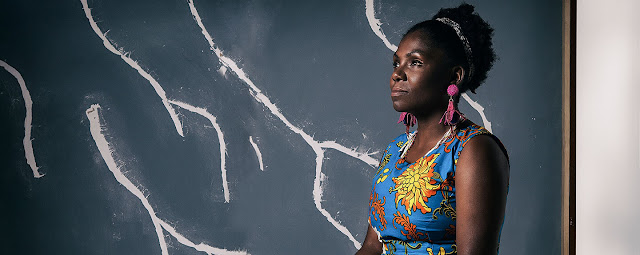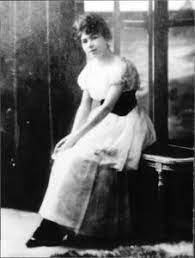
Paola Villarreal Paola Villarreal is a programmer born in Mexico City on October 5, 1984. From the age of twelve she had her first contact with technology when her father bought her a computer to do her homework and then she entered the world of chat rooms and programming communication and at the age of 15 she already started creating web pages What did Paola do? helped reverse more than 20,000 racially prejudiced drug convictions, developing Data for Justice, an interactive map tool that compares policing in white and minority neighborhoods. In October 2019 she was selected as one of the 100 most influential women in the world during 2019 by the BBC facts about Paola Villarreal In 2015 she was awarded a grant from the Ford and Mozilla Foundation to be part of the American Civil Liberties Union of Massachusetts, an organization dedicated to the protection of civil rights. From June 2017 ...









